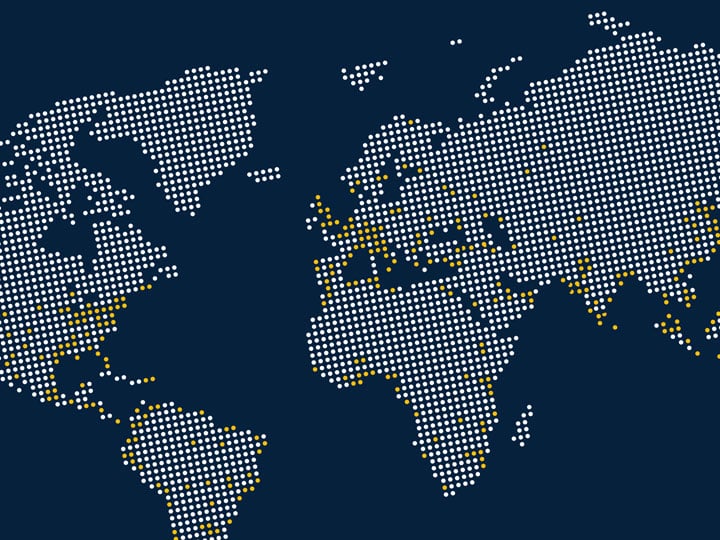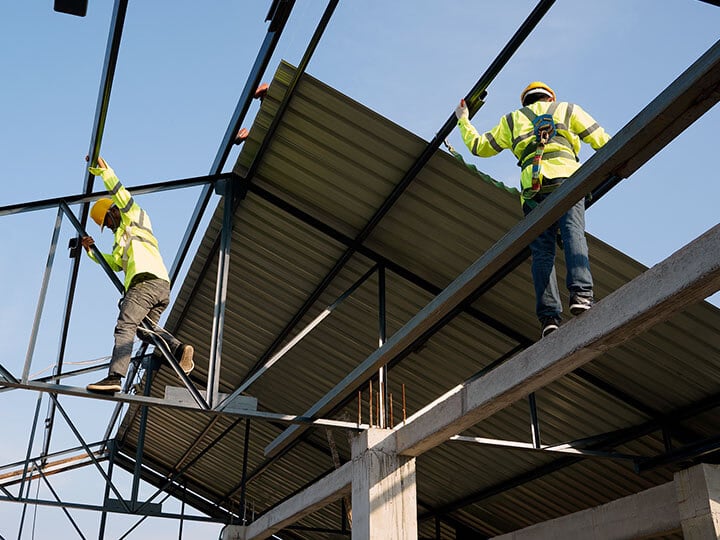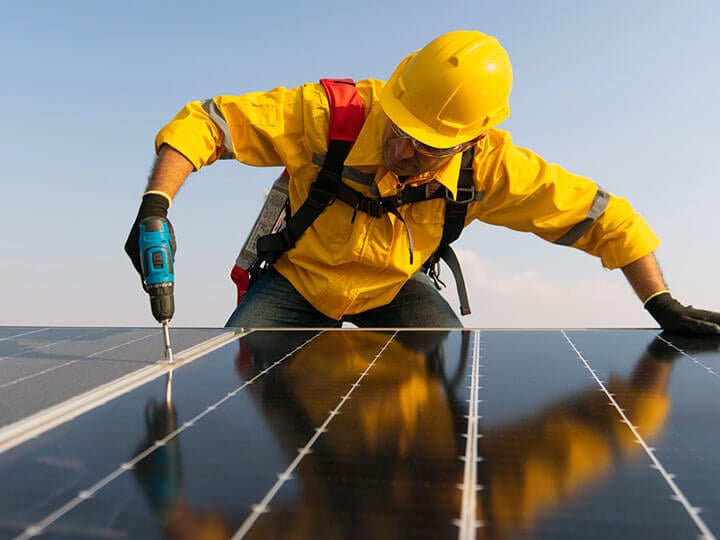UL 1703: Standard for Flat-Plate Photovoltaic Modules and Panels
Standard: UL 1703 – Standard for Flat-Plate Photovoltaic Modules and Panels (Fire Test Section 31.1 Type tests for fire performance characterization of modules and panels independent of roof coverings and 31.2 System Fire Class Rating of module or panel with mounting systems in combination with roof coverings).
Certification Required: The Fire Test Sections are a small part of the standard that can be completed by Intertek and certified with the ETL Mark.
Scope: These requirements cover flat-plate photovoltaic modules and panels intended for installation on or integral with buildings, or to be freestanding (that is, not attached to buildings), in accordance with the National Electrical Code, NFPA 70, and Model Building Codes.
Applicable Products: Flat-Plate Photovoltaic Modules that are defined by their load-carrying member of the module; top layer (superstrate) or back layer (substrate). Flat-Plate Panels are a collection of modules mechanically fastened together, wired, and designed to provide a field-installable unit or system. The “Type” of module dictates the number of fire tests that will be required during the test process, there are 3 common types (15 total) that are determined by their superstrate, encapsulant, substrate materials, and size of module.
Test Procedure: Section 31.1 Fire Testing of the PV modules are required to be tested once with both the Spread of Flame and Burning Brand on Top of Surface tests. Both of the tests are based on the ignition flame being directed on the top surface of the module or panel with no roof covering below. The Burning Brand on Top Surface test uses a specific type of brand (A, B, or C) as specified by the “Type” of module or panel being tested.
Section 31.2 Fire Testing is the System Fire Class Rating of a module or panel with mounting systems in combination with roof coverings. The two types of roof slopes are Steep-Sloped (> 2in/ft slope) and Low-Sloped (< 2in/ft slope) and can be configured in a Symmetrical or Asymmetrical configuration of the roof slope. Both of the Spread of Flame and Burning Brand Tests are required for the Steep-Slope.
End Result: During all of the tests mentioned above, you will get a pass or fail result as well as a test report that will have detailed information on how the modules or panels reacted to the various tests. The Spread of Flame test is measured by surface ignition over a ten minute period (needs to be less than 6 Ft). The Burning Brand test is identified by penetration or flaming on the underside of the roof deck. The fire test report is needed as one of the key tests for getting a product certified with the ETL mark.
Special Conditions: When testing Building Integrated Photovoltaics (BIPV) you should follow the UL 790 test standard requirements.
You may be interested in...
Roofing Products Testing
Differentiate your roofing products by showing building code compliance and obtaining product certification.
PV Modules and Panels Testing
Differentiate your Photovoltaic (PV) Modules and Panels in a competitive market with PV Testing and Certification for both safety and performance with Intertek
Knowledge Center
Building Health & Wellness: An Overview of Services
Acoustical Testing & Consulting Resources
Remote Pre Inspections for NFPA 80 / 101
Protek - Safety. Everywhere. Every Day
Fire Doors 101: Your Guide to Testing and Certification - Webinar Recording
Tornado Testing & Certification Requirements - Webinar Recording
Plumbing Products Testing & Certification - Webinar Recording
The Evolving Code Evaluation Process White Paper
Proposition 65 & the Furniture Industry Webinar Recording
Why Planning for FCC Certification is Key to Success in the Door Hardware Industry White Paper

Upcoming Tradeshows & Events
Resources
- Search and Buy Building & Construction Standards
- SpecDirect
- Building Products Directory
- Project Connect (formerly myATI) – B&C Products
- Construction Hive – B&C Projects (PSIQest)
- My TestCentral



